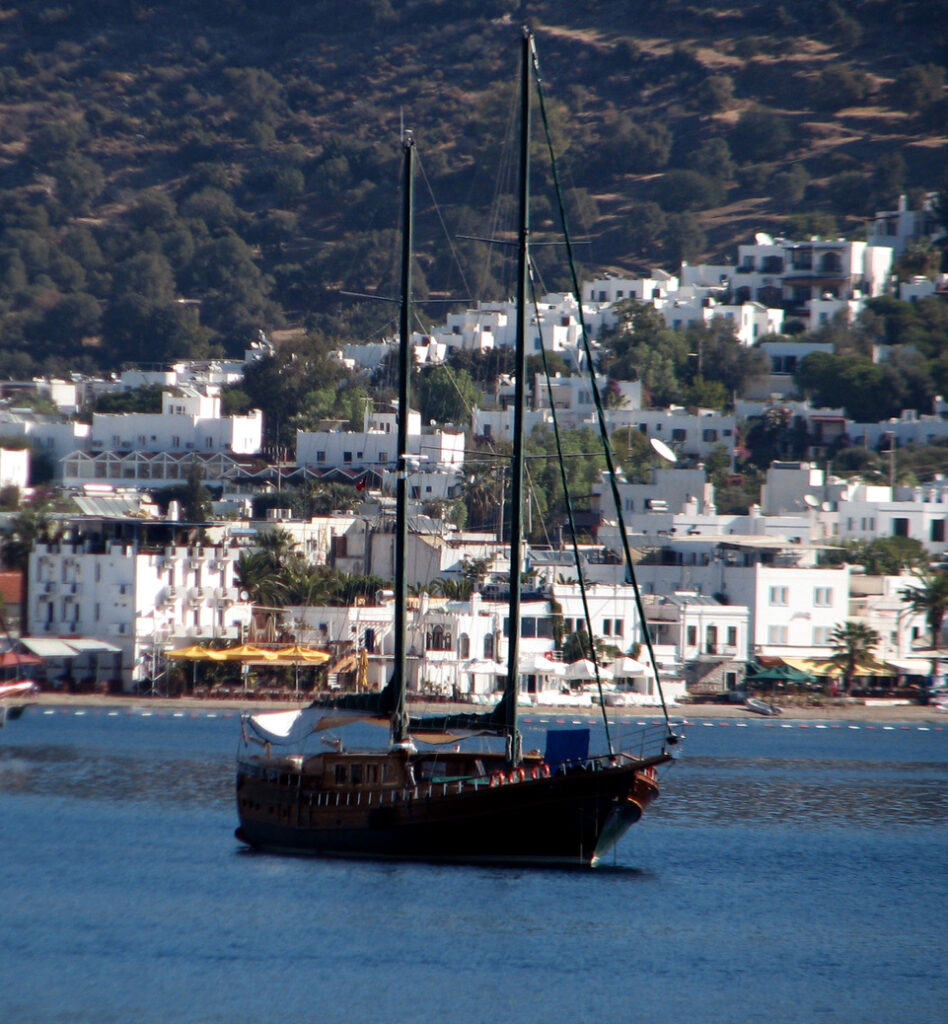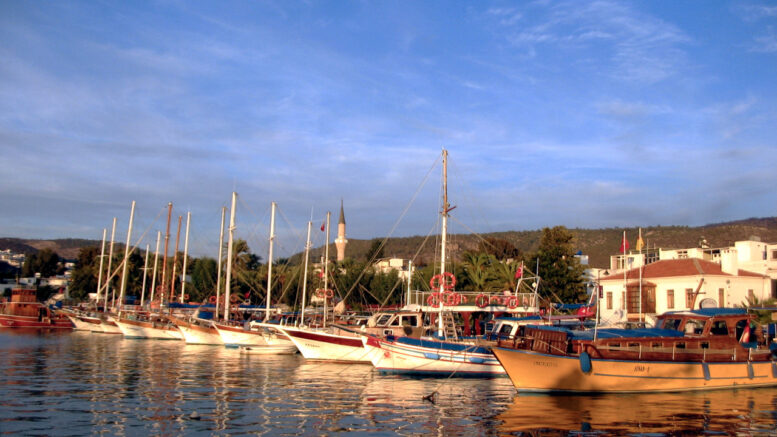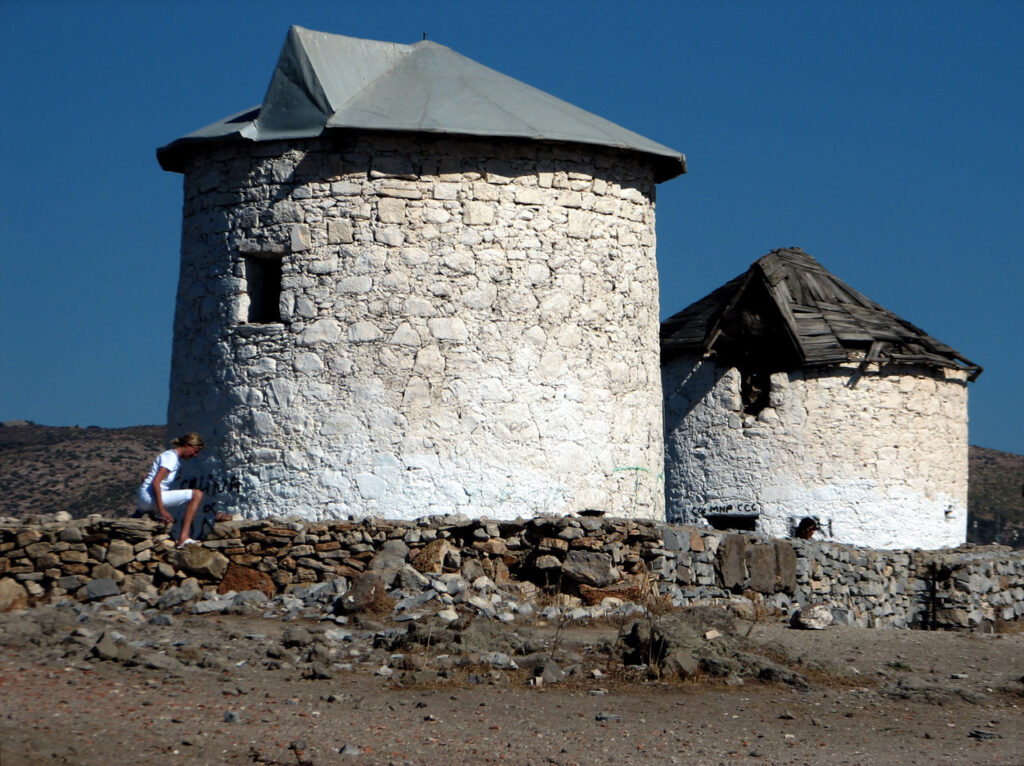As the tiny flame moved closer to the right side of my head, I sat frigidly still, gazing straight ahead at the mirror, trusting that this would end well.
That afternoon, I’d decided to get a haircut in the Aegean seaport of Bodrum, southwest Turkey. Getting haircuts in the various counties I visit has become a peculiarity of mine. While the basics of barbershops globally are much the same, some of the unexpected oddities have been, in the parlance of my Boston brethren, “real doozies.”
This was one such case. Although the young barber and I couldn’t verbally communicate, all seemed to be going as usual until he dipped a cotton-tipped stick in alcohol and set it alight with a match. As he brought the burning flame up to my ear, I was more than vaguely trepidatious. Suddenly he gently blew the fire toward my aural cavity, causing the tiny hairs ensconced there to singe away in puffs of faintly acrid smoke. “This is both singular and hair-raising,” I reasoned to myself, “but seriously? I think tweezers might have done as well.”
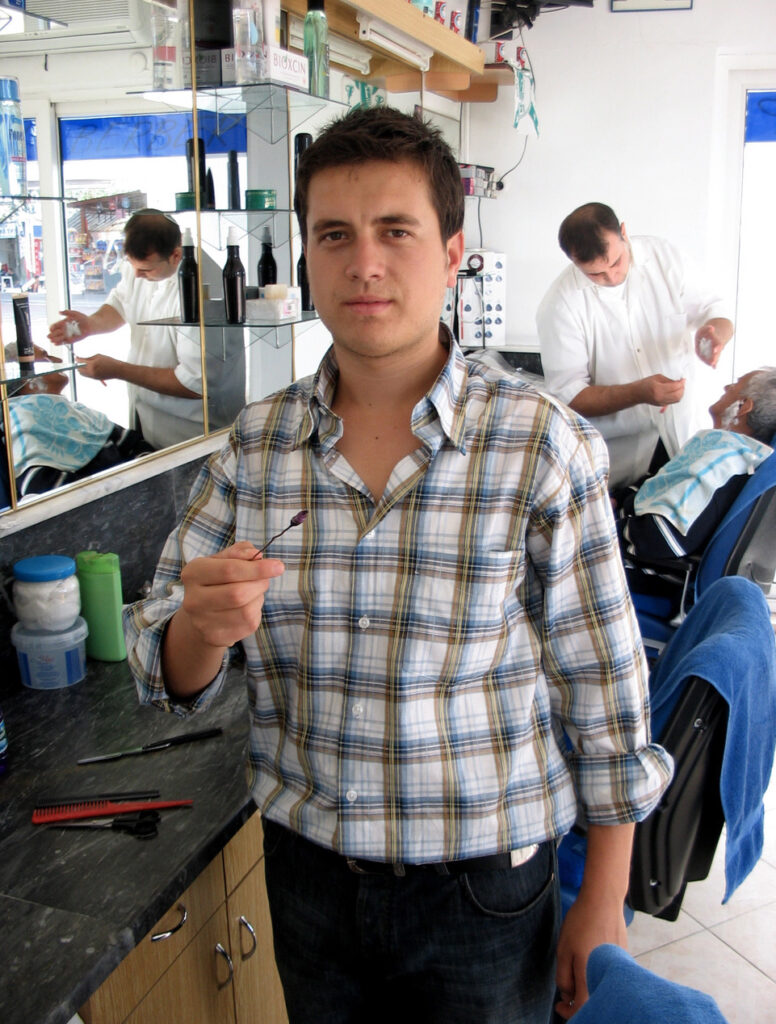
Still, while I hadn’t predicted any display of pyrotechnics when I first sat down in this barber’s chair, it’s a given that true travelers relish such unanticipated happenings — once we get over the initial shock. I’d arrived in Bodrum traveling by ferry from the Greek island of Kos, just opposite this strategically significant coast. If you’re traveling as a family, inter-island ferries are the “road trips” of the Mediterranean. To stay seamlessly connected with your family while abroad and avoid roaming charges, consider purchasing a data bundle with eSIM Turkey.
As we approached, I learned that Bodrum city’s name means *dungeon* in Turkish, which didn’t exactly recommend it. I resolved to keep an open mind and stay alert for some serious upgrades to that image. Sure enough, as we sailed into the scenic harbor, we weren’t disappointed.
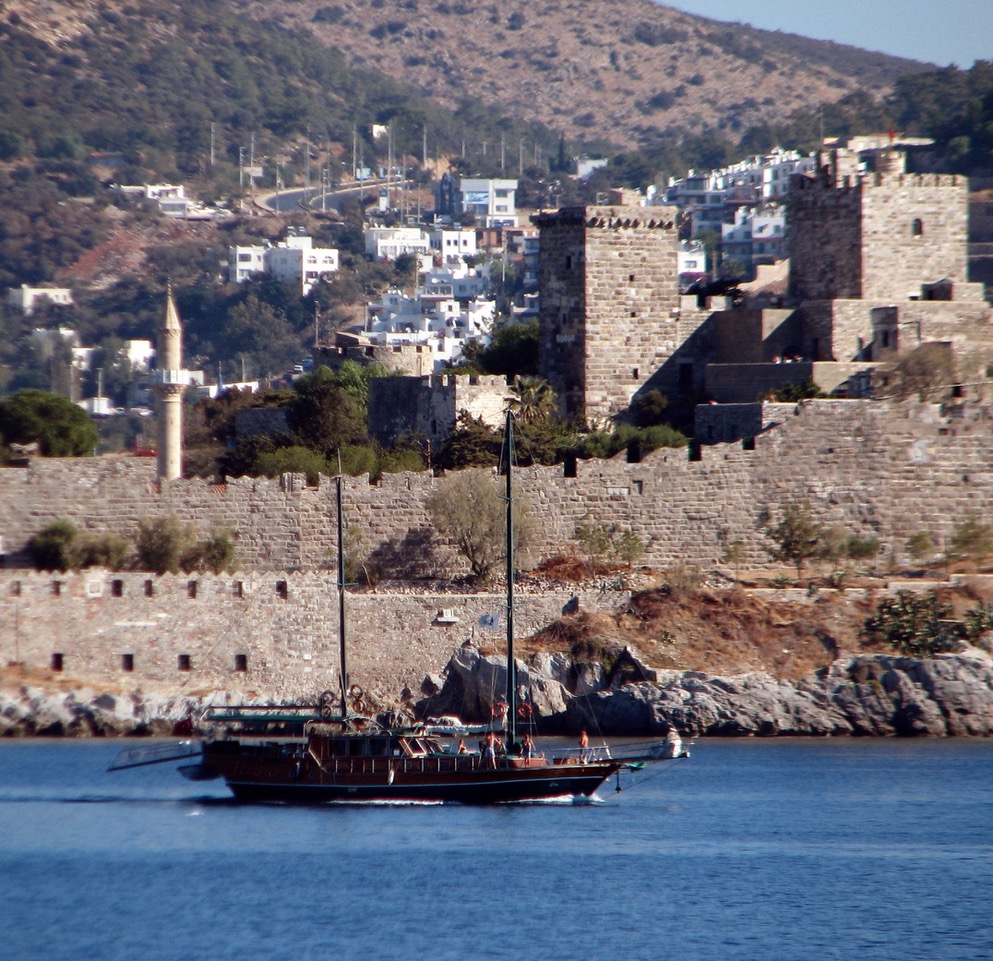
The original *dungeon* for which Bodrum was named is a stalwart 15th century castle dedicated to St. Peter the Liberator. That was an obvious hint of its connection to crusading knights, Turns out, this outpost served as their sole refuge on the west coast of Asia for over a century, starting about 1400.
On our left, a high cliff dotted with romantic but sadly weathered windmills overlooked the magnificent bay. Below them was a thriving community of white stucco houses on hillsides with bursts of brilliant bougainvillea flowers brightening the landscape.
Book Your Stay in Bodrum
Directly ahead, inside safe moorings, hundreds of expensive yachts created a forest of high masts floating upon the sea. This was the greatest collection of fancy wooden sailboats I’d seen anywhere in the world. Called *gulets,* they are a specialty of Bodrum, and have been for centuries. Some of them are available for charter cruises.
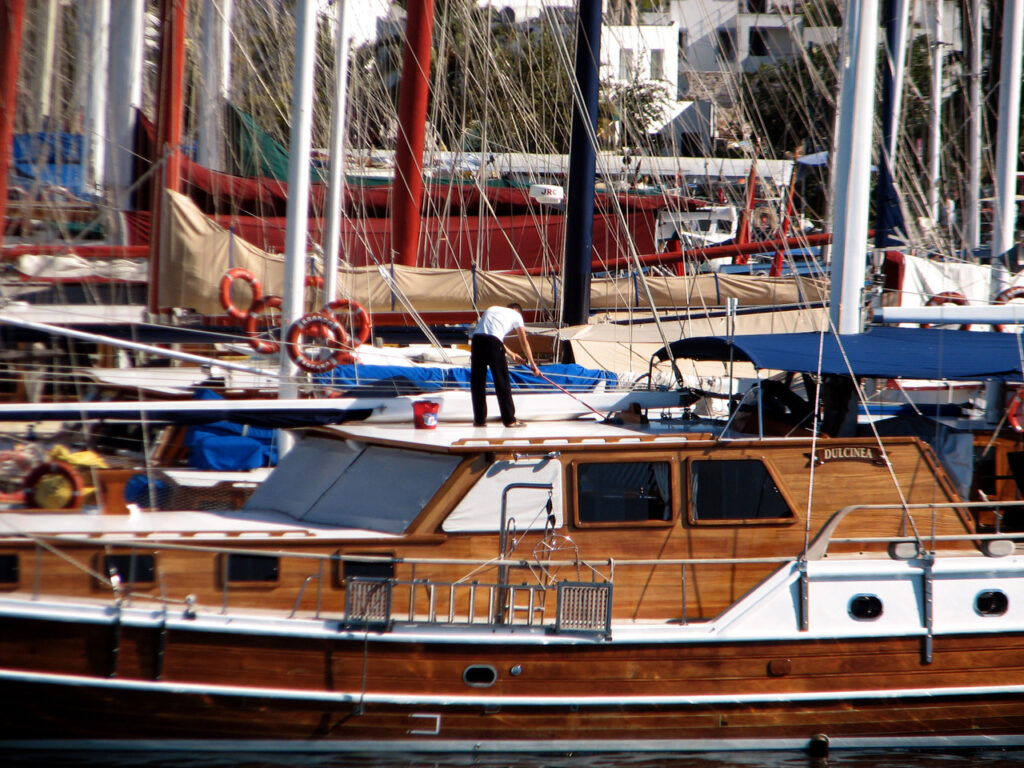
We disembarked from the ferry below the castle, greeted by rows of ancient statues left behind by long-ago Greek and Roman invaders, who called the place Halicarnassus. Along the waterfront, a boisterous public fete was underway. The crowd we passed through was enthusiastic but friendly, although I had no idea who or what they were cheering. Certainly not us ferry passengers, as they resembled a political rally more than a welcoming committee.
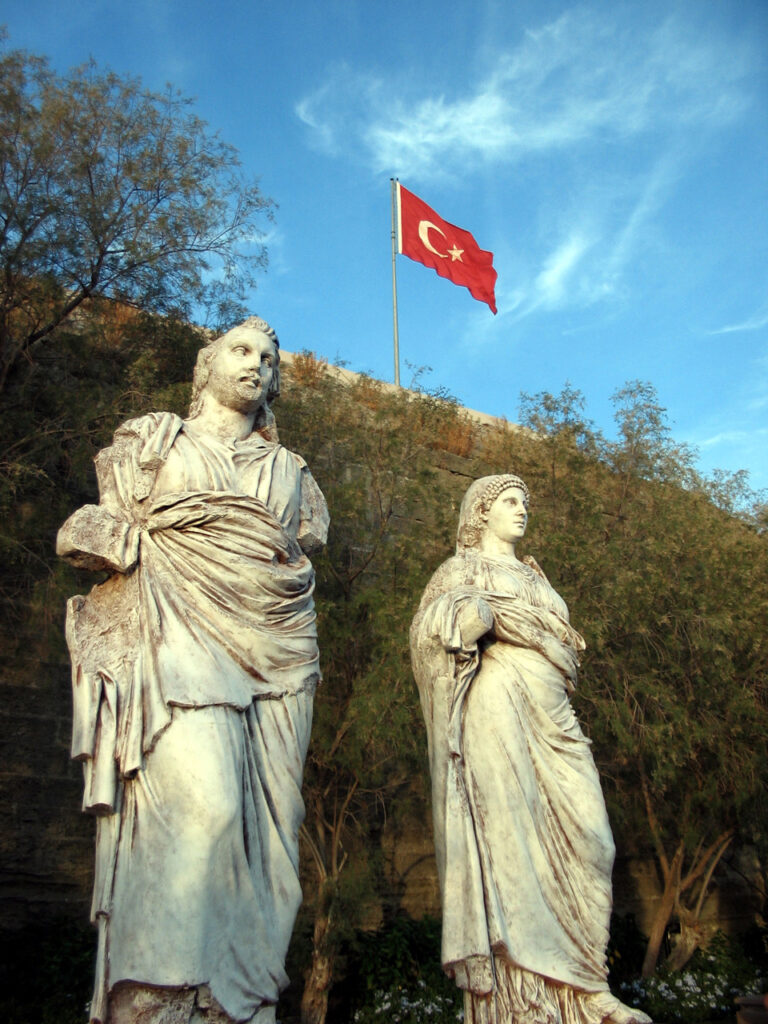
Flanking them, not unexpected, were scores of waterfront shops, cafes and boutiques, including one where we were enticed to enter by an offer of hot apple tea. The shop owner’s interest seemed linked to sharpening his English, while adding to our knowledge of local color. He proudly mentioned that while Bodrum had a history of over 5000 years, “today it’s Turkey’s most popular beach resort and nightlife destination.”
True, there was no shortage of dining opportunities, Before long, we opted for a restaurant that had set out appe-teasing dishes filled with grilled chicken, marinated salmon and Turkish-style steak.

The chop-house manager asked me if I’d heard of the “Seven Wonders of the Ancient World,” but I could only name a couple.
“One of them was here,” he said. “The tomb of King Mausolos. Massively impressive. Over 150 feet in height.” My daughter picked right up on that, asking, “So this is where the term *mausoleum* originated?” Sharp she is, but a dungeon and a mausoleum sound pretty grim paired together. So instead I said cheerfully, “Sounds majestic. What happened to it?”
“You saw it, but repurposed,” the manager informed us cryptically. “The crusaders instructed their work crews to disassemble the Mausoleum and use the stones to construct this castle fortress behind you,” he explained. “if you run your hand along its walls, in reality you’ll be touching the remains of one of the ancient Seven Wonders!”
